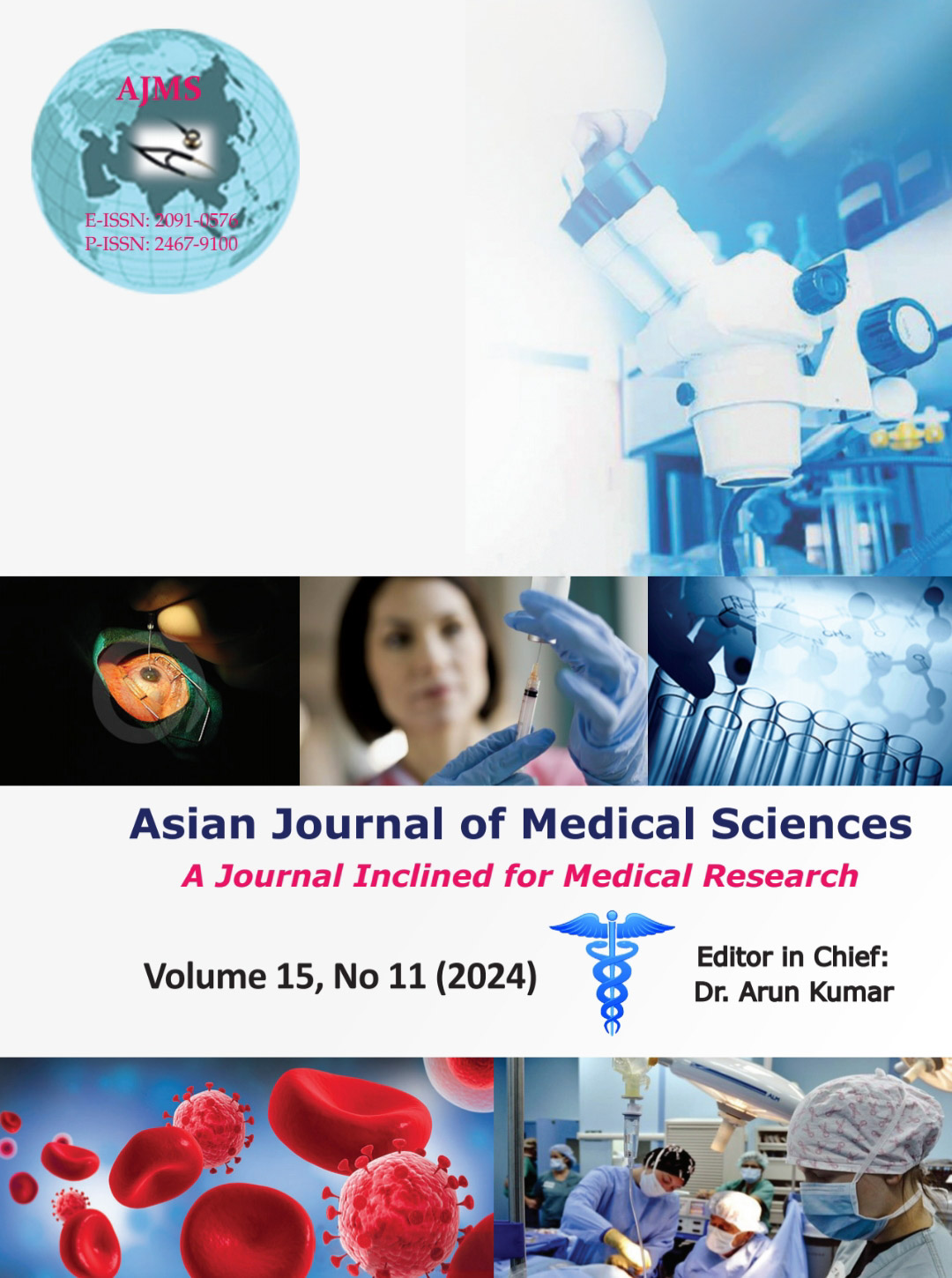Poorly differentiated and undifferentiated (anaplastic) carcinoma of thyroid with diagnostic challenges: A case series
Keywords:
Thyroid; Carcinoma; Anaplastic; Poorly differentiated; Ki67Abstract
Poorly differentiated thyroid carcinoma (PDTC) and anaplastic or undifferentiated thyroid carcinomas (ATC) are uncommon malignancies of the thyroid. Anaplastic thyroid cancers represent only 1–2% of all thyroid cancer diagnoses; however, they contribute to 14–50% of fatalities associated with thyroid cancer, with a median survival duration ranging from 3 to 5 months. The majority of patients diagnosed with this disease are aged 65 years or older. Most patients exhibit a rapidly enlarging neck mass, difficulties in swallowing, or alterations in their voice. The 2022 World Health Organization classification introduced PDTC as a subtype of high-grade follicular cell-derived thyroid carcinoma (HGFCTC), whereas also renaming ATC as anaplastic follicular cell-derived thyroid carcinoma. There are evidence which suggests stepwise molecular progression from well-differentiated carcinoma to HGFCTC to ATC manifested by alteration in the MAPK pathway especially BRAF and RAS mutations and gain of secondary aggressive molecular signatures. PDTCs and ATCs are difficult to diagnose due to their rarity and previous equivocal diagnostic criteria. The aim of this study is to present a series of rare and interesting cases of PDTC and undifferentiated/anaplastic thyroid carcinoma accompanied by a concise literature review.
Downloads
Downloads
Published
How to Cite
Issue
Section
License
Copyright (c) 2024 Asian Journal of Medical Sciences

This work is licensed under a Creative Commons Attribution-NonCommercial 4.0 International License.
Authors who publish with this journal agree to the following terms:
- The journal holds copyright and publishes the work under a Creative Commons CC-BY-NC license that permits use, distribution and reprduction in any medium, provided the original work is properly cited and is not used for commercial purposes. The journal should be recognised as the original publisher of this work.
- Authors are able to enter into separate, additional contractual arrangements for the non-exclusive distribution of the journal's published version of the work (e.g., post it to an institutional repository or publish it in a book), with an acknowledgement of its initial publication in this journal.
- Authors are permitted and encouraged to post their work online (e.g., in institutional repositories or on their website) prior to and during the submission process, as it can lead to productive exchanges, as well as earlier and greater citation of published work (See The Effect of Open Access).




